Sauerkraut can be made with more than just cabbage.
In fact, sauerkraut can be made with a variety of vegetables to create a beautiful palette of colors to please any palate! Once you realize this, a whole new world opens up.
Beets turn sauerkraut a beautiful ruby red and add blood-purifying qualities.
Carrots impart a feisty orange and add sweetness.
Turmeric dyes your sauerkraut a sunny yellow—and your hands—and imparts health-boosting properties.
On my Sauerkraut Recipes page, I provide several yummy-for-the-tummy sauerkraut recipes that use vegetables that ferment well with flavors that go together nicely.
Here are just a few to whet your appetite:
Baseball Sauerkraut Recipe [HOME RUN FLAVOR HIT]
Kimchi-Style Sauerkraut Recipe [A SPICY DEPTH OF FLAVOR!]
Ruby-Red Red-Cabbage Sauerkraut Recipe [Triple the Power]
Once you master those recipes and begin to know what you like in your sauerkraut, it is fun to ferment with the bounty that your garden may provide, what is plentiful at your local farmer’s market, or even try to duplicate your favorite store-bought sauerkraut.
Selecting Your Produce for Fermentation
Fresh
The longer that vegetable has sat since it was picked, the greater the chance is that it will want to rot instead of ferment. Once picked, the bacteria that break down foods and turn to them to rot begin their work.
Organic or Naturally Grown
Ideally, only organic produce should be used when fermenting.
Conventional contains pesticides and other harmful chemicals that can slow down or prevent the food from properly fermenting. Same thing if you’re trying to ferment with GMO produce.
In fact, this study [Physiochemical and Quality Characteristics of Young Radish ( Yulmoo ) Kimchi Cultivated by Organic Farming] showed that organic radishes outperformed control groups of conventionally grown radishes in terms of producing more helpful bacteria and increasing the freshness of kimchi and its nutritional content.
Helpful bacteria find it easier to grow on food that has not been sprayed with pesticides and chemicals, whose aim is to kill or deter various life forms.
—Dr. Susanne Bennett, The Kimchi Diet
However, if organic cabbage is not accessible or affordable, here are a couple of things to keep in mind.
One, cabbage sits toward the top of the Environmental Working Group’s annual list of “Clean 15,” or produce least likely to contain pesticide residue. Therefore, don’t fret if you don’t have access to organic cabbage.
Two, during fermentation, pesticide residues and other toxins present on what is being fermented are broken down and degraded. Pretty amazing.
Learn more about choosing and purchasing the right type and quality of cabbage for making sauerkraut.
What Can I Add to My Sauerkraut Recipe?
Just about anything!
Though, I’ve yet to have palate-pleasing results with broccoli, spinach, chard, or kale.
To help you out, I’ve grouped common vegetables commonly used for making sauerkraut into Best, Good, and Temperamental.
BEST Vegetables for Making Sauerkraut
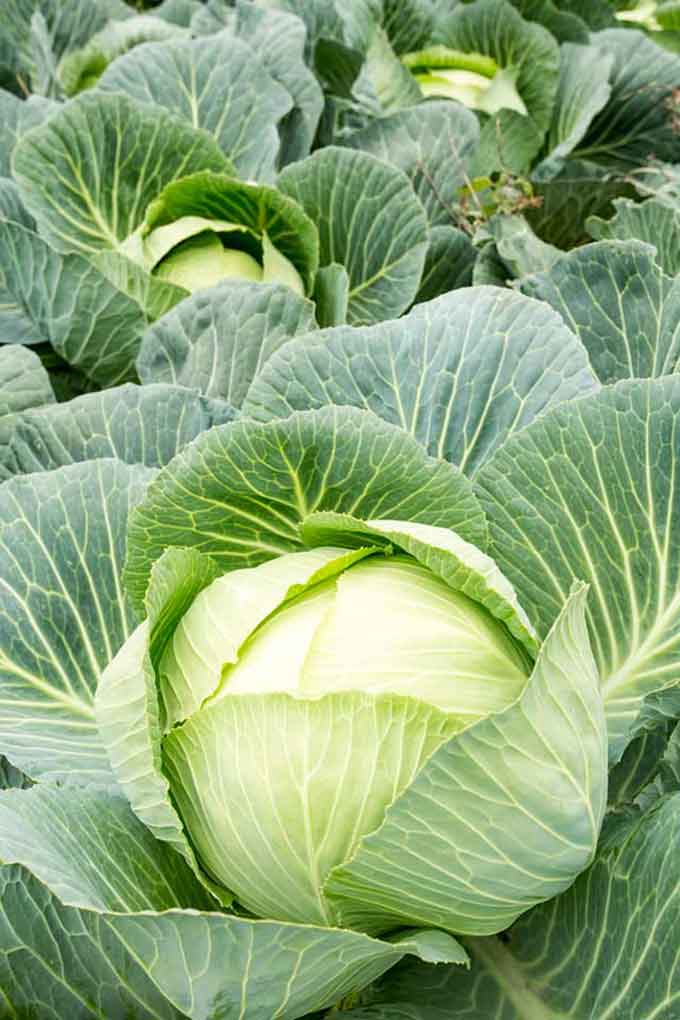
- Cabbage
- Kohlrabi
- Radish
- Turnips
Vegetables that have a firm texture and low sugar content work best and should form the core of your recipe. These tend to be cold-weather vegetables that are harvested late in the fall. Cabbage always forms the base for any of my sauerkraut recipes.
You can use any variety of cabbage: green, red, Savoy, Napa (Chinese).
I almost always use the traditional round-headed green cabbage because it is commonly grown by my local farmers, has a nice texture, and holds together nicely throughout the fermentation process.
Red cabbage may take a bit longer to ferment than traditional green cabbage. But it’s worth the wait because it has higher levels of antioxidants than green cabbage.
Just like in pigment-rich blueberries, the compounds that give red cabbage its distinctive dark color act as antioxidants. Red cabbage has one of the highest levels of naturally available vitamin C, more even than oranges.
Kimchi, a spicy Korean version of sauerkraut, is traditionally made with Napa cabbage, cut into large chunks.
The 25-75 Percent Rule
25% Flavoring Ingredients
75% Cabbage
When throwing ingredients together, I have found that if my flavoring ingredients comprise about 25% of the recipe (by weight) and my cabbage the remaining 75%, the flavors and fermentation just seems to work. If you’re not careful, it’s easy to add too many shredded carrots or beets to a recipe. After all, vegetables come in all sizes.
Adding too many sweet root vegetables to sauerkraut gives the bacteria way too much sugar to eat. You end up with a very active batch that can tend towards alcohol.
So—for a single quart (liter) jar batch of sauerkraut—first add your flavorings to the bowl until the scale indicates approximately 7 ounces (200 grams). This is 25% of a 28 ounce (800 gram) batch of sauerkraut.
Then add your 75% sliced cabbage (21 ounces, 600 grams) until the final numbers on the scale indicate 28 ounces (800 grams).
Cabbage Selection Guide
Cabbage Selection Guide
When purchasing cabbage, select for size, sweetness, and freshness:
Size. Choose heads that seem heavy for their size, an indication of freshness. The tighter the cabbage leaves, the easier the head is to slice.
Sweetness. Sugar levels in your cabbage can vary quite a bit depending on variety and growing conditions. The sweeter the cabbage, the greater the depth of flavors obtained, and the better fermentation unfolds. Taste a few slices of the raw cabbage, staying away from heads that taste bitter.
Freshness. The fresher the cabbage, the more brine it will create. Most cabbage is grown in the fall, stored throughout the year, and shipped to the stores as requested. During storage, it dries out. This loss of moisture means the cabbage can create less brine. Cabbages that are light for their size, with outer leaves that are wilted, brown, or excessively torn, could be older. Check the bottom of the cabbage to be sure the leaves are not beginning to separate from the stem, an indication of age.
The Radish Trick for Dry Sauerkraut
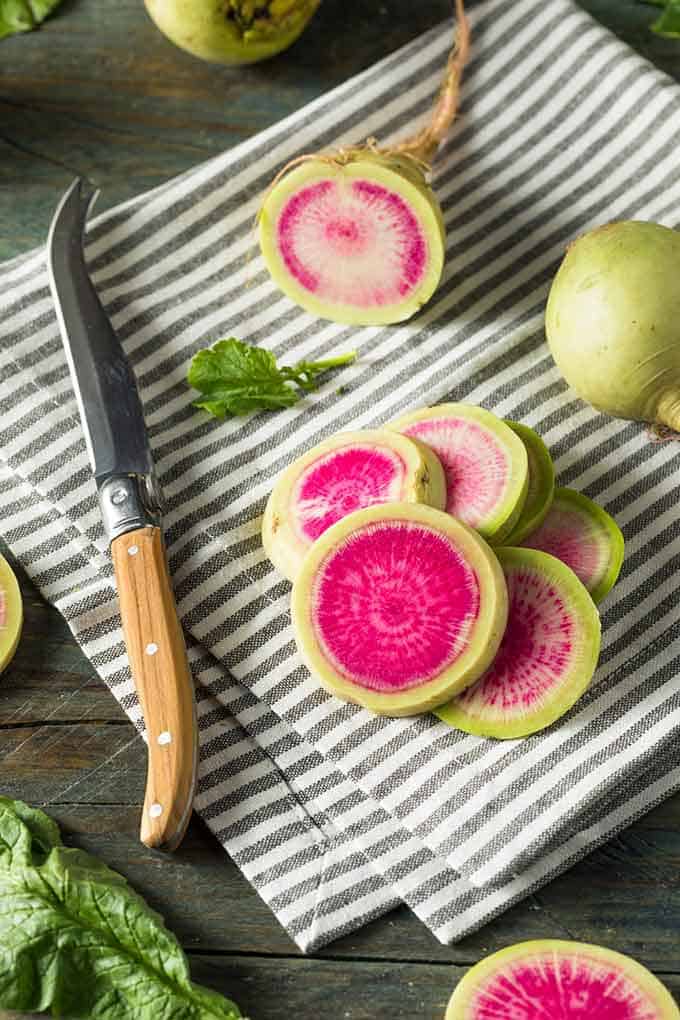
I love to add radish to my ferments because their high water content makes for plenty of brine. My favorite variety is the watermelon radish. Sliced crosswise, it looks very much like a watermelon!
Dry Sauerkraut? 17 Transformative Tips [BONUS: Gut Shots Recipe] has additional tips for ensuring your batch of sauerkraut has lots of moisture.
Kohlrabi, with a texture similar to a broccoli stem, but sweeter in flavor, is nice grated and added to sauerkraut recipes. For a nice taste treat, try adding 1 or 2 peeled and grated kohlrabi to my Dilly Delight Sauerkraut.
GOOD Vegetables to Use in Sauerkraut
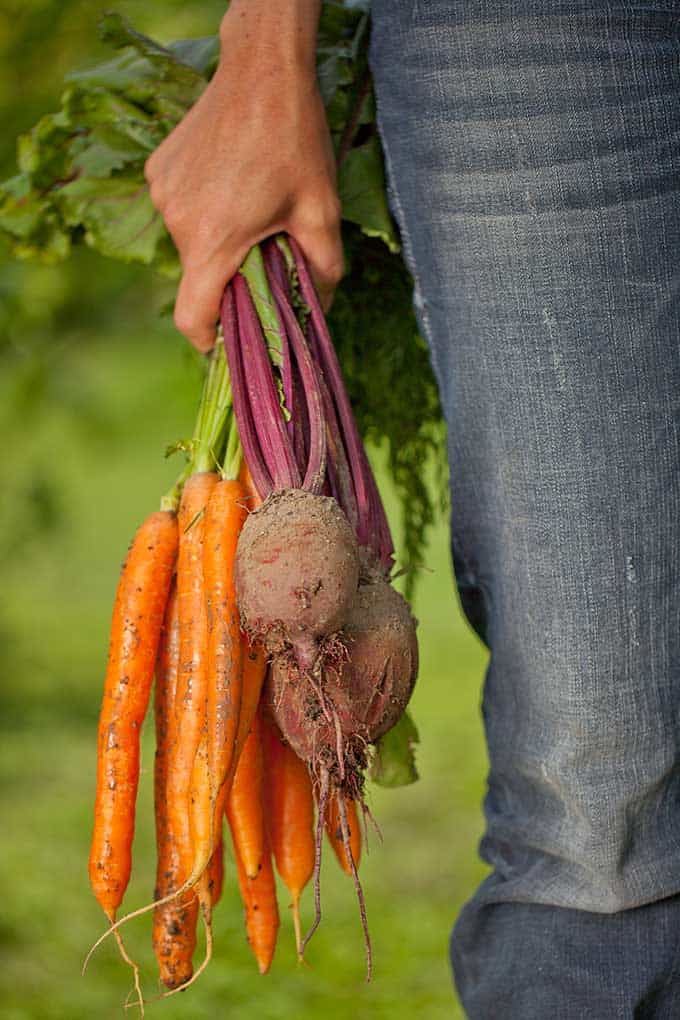
- Apples
- Beets
- Carrots
- Onions
- Parsnips
Vegetables that have a higher sugar content do best in smaller quantities.
Apple, beets, and carrots, being so sugary, can encourage a yeasty fermentation and produce a slimy brine in your ferment, or even make it slightly alcoholic. A lesson I learned when first adding apples to my sauerkraut creations.
One to three grated carrots, one or two grated beets, or one chopped apple in a 1-quart batch of sauerkraut would be a good quantity to use to add some sweetness to your ferment without resulting in a slimy brine. Since carrots and beets come in all sizes, watch the scale when you add them and keep their weight to 25% of the total weight of all of your ingredients.
When using a finely-chopped apple in my ferments, I tend to ferment it for only 1 week. The sugars in the apple speed up the fermentation process.
TEMPERAMENTAL Vegetables for Making Sauerkraut
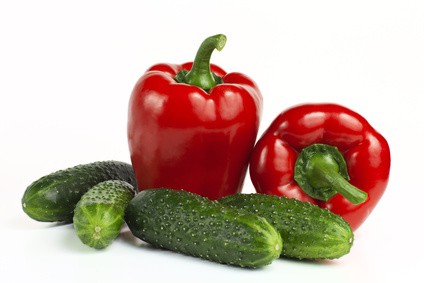
- Bell Peppers
- Cucumbers
- Summer Squashes
Vegetables that are watery or have weak physical structure tend to disintegrate when fermented. I rarely use them.
However, I do have a favorite summer ferment that uses fresh corn kernels and a finely diced red pepper. I just make sure I eat it within 3–4 months before the red pepper loses its texture.
Lemons, Limes, and Oranges in Sauerkraut?
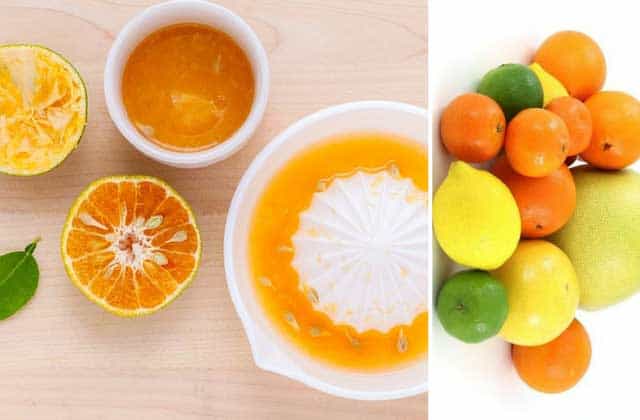
The zest of citrus fruit adds a nice punch to your sauerkraut. Zest one fruit and also add the juice. The juice also helps add a bit of moisture to your sauerkraut.
Spices and Seasonings for Sauerkraut
When deciding how to flavor your sauerkraut, the sky’s the limit. You will, of course, be adding salt to every batch (click here for the best salt, and here for how much salt), but beyond that, there’s plenty of room for experimentation.
This is why I love fermenting in 1-quart jars: they’re the perfect size for trying out new ideas. Be sure to make notes on what you use and in what quantities!
A few tips and ideas to guide you in the right direction:
Dried and powdered spices intensify during the fermentation process and so should be used in small quantities. I tend to use 1 teaspoon of a dried leaf, spice or seed and not more than 2–3 different spices per recipe.
- Fresh herbs can be used in larger quantities. Try a tablespoon each of 1–3 herbs.
- Korean chili powder, ginger, garlic, green onions, and onion are typical spices in Korean kimchi.
- German sauerkraut is often spiced with juniper berries, caraway seeds, and dill.
- Curtido, a well-known Latin American sauerkraut, is spiced with oregano and red pepper flakes.
- I’ve even used star anise, cinnamon and dried cranberries in a holiday “Christmas Sauerkraut.”
Selecting Herbs for Your Ferment by Sandor Katz
Learn more about what types of herbs are commonly used in vegetable ferments and whether or not they should be fresh in the video below with fermentation expert and chef, Sandor Katz.
The Flavor Bible
This is hands down the book to use when looking for what spice to add to your sauerkraut or anything you are making. Just about any ingredient you can think of is covered.
You can look up beets, for example, and find that they go especially well with tarragon and black pepper. Does that sound good to you? Add shredded beets to your batch of sauerkraut along with some black pepper and tarragon.
Or, ferment the beets on their on following my recipe for Bodacious Beets, but instead add 1 teaspoon of black pepper and 1 tablespoon of dried tarragon leaves.
Or, perhaps you want to take advantage of spring asparagus. It looks like they would do well seasoned with dill, shallots, and leeks. My secret is out.
- Winner of the 2009 James Beard Book Award for Best Book: Reference and Scholarship
- Hardcover Book
- Dornenburg, Andrew (Author)
Other Tips to Ensure You Ferment Fabulous Sauerkraut
To Peel or Not to Peel?
Non-organic root vegetables should always be peeled and outer leaves from non-organic cabbage removed to get rid of pesticide residue.
Organic vegetables may be peeled or not. I tend to peel them because I like the cleaner look, and it’s a good way to reveal any bad spots I want to remove. Scrubbing clean with a vegetable brush works well, too.
Chopping & Slicing Style of Vegetables
When slicing and grating cabbage and other vegetables to prepare them for fermentation, we are exposing as much surface area as possible to help pull out the juices and create a brine. If everything we put in the jar has about the same thickness, then everything ferments evenly.
This is not to say you can’t let your unique style shine and vary the cuts. Coarse chopping or mixed textures can add a pleasant surprise. You just don’t want to go so large or leave some vegetables whole that they don’t properly ferment.
Additional Inspiration: Fermented Vegetables By Kirsten & Christopher Shockey
Kirsten and Christopher learned a ton about what can or cannot be fermented as they created more than 40 varieties of cultured vegetables and krauts to sell through their farmstead food company. Their findings are flavorfully shared in this book.
- Fermented vegetables creative recipes for fermenting 64 vegetables herbs in krauts kimchis...
- Language: english
- Book - fermented vegetables: creative recipes for fermenting 64 vegetables & herbs
Brining Vegetables
Whole cloves of garlic, carrot sticks and cauliflower florets are fermented by a different process in which salt and water are mixed to create a brine which is then poured over the prepared vegetables. This contrasts with sauerkraut where salt is sprinkled over sliced cabbage to pull the water out of the cabbage.
Here are a few recipes that teach you how to ferment vegetables – or fruit – in a brine:
5 Simple Fermented Carrot Sticks Recipes [Crunchy Goodness]
6 Delectable Fermented Beet Recipes [BODACIOUS!]
Naturally Fermented Pickles [The Complete Guide]
3 Delectable Fermented Cranberry Recipes [Year Round Enjoyment]
Use these tips to create your very own sauerkraut and share your results in the comments section.
See How Much Salt Do I Use to Make Sauerkraut? and Salt by Weight for Delicious Sauerkraut… Batch after Batch to make sure you have the salt to vegetable ratio correct.
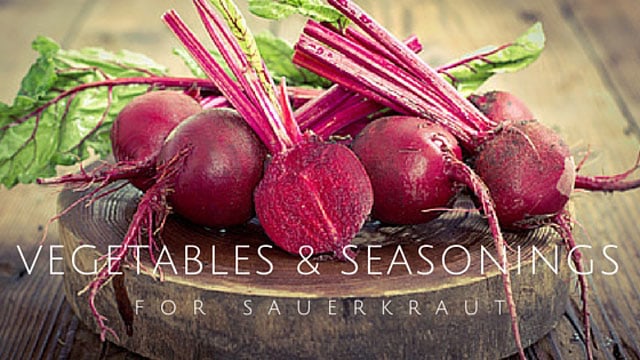
Last update on 2024-07-26 / Affiliate links / Images from Amazon Product Advertising API

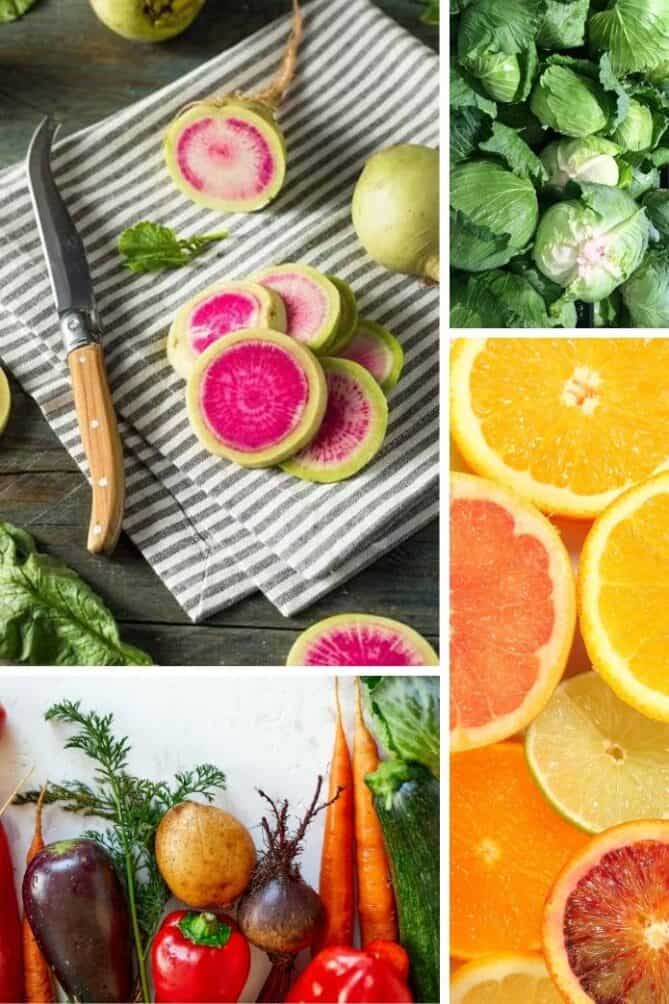

 This post may contain affiliate links which won’t change your price but will share some commission.
This post may contain affiliate links which won’t change your price but will share some commission.


